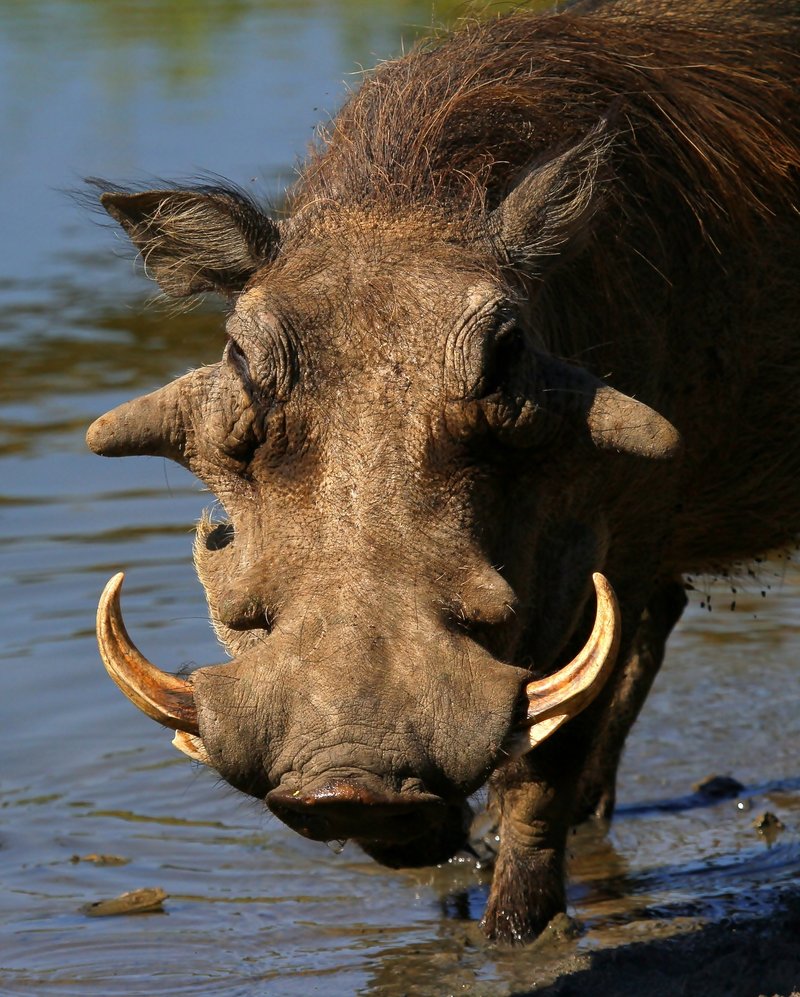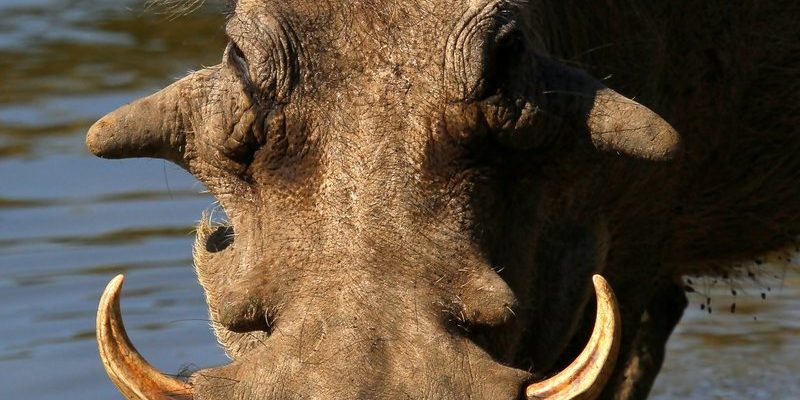
Culturally, warthogs are often seen through different lenses—sometimes as symbols of strength and resilience, and other times as representations of foolishness or impulsiveness. It’s fascinating to explore how these powerful animals have made their mark in tales that span generations, teaching us lessons about nature, humanity, and the intricate web linking them together.
In this article, we’ll dive into how the warthog appears in culture and folklore, exploring stories from Africa, the role they play in modern media, and how they are perceived within various symbolic contexts. So, grab a cup of coffee, and let’s get into it!
The Warthog in African Folklore
Warthogs are native to Africa, and naturally, they feature prominently in African folklore. Many stories portray them as clever creatures who navigate life’s challenges with wit. One popular tale tells of a warthog who outsmarts a lion, using its quick thinking and strong sense of smell to evade danger. These stories often highlight the warthog’s resilience, showing how it can thrive in tough conditions—a theme that resonates deeply in many African cultures.
In some traditions, warthogs symbolize power and virility. Their formidable tusks represent strength and bravery. In fact, they are often depicted in artwork and carvings, embodying these traits. Just like the tales of legendary heroes, the warthog serves as a reminder of the innate power found within oneself, encouraging listeners to embrace their own strengths.
Interestingly, warthogs also serve as cautionary symbols. In certain stories, they are portrayed as foolish or reckless, representing the consequences of poor decisions. These dual representations highlight a balanced view of the world: strength is admirable, but it must be tempered with wisdom.
The Warthog in Western Media
In the realm of Western media, warthogs have taken on a life of their own. One of the most memorable representations is Timon the meerkat and Pumbaa the warthog from *The Lion King*. Their goofy, carefree personalities provide comic relief while also offering an important lesson about friendship and loyalty. Pumbaa, portrayed as kind-hearted but sometimes clueless, showcases a lighter side of warthogs that many people can relate to.
This pop culture representation has both helped and complicated the image of warthogs. On one hand, it endears them to audiences, making them approachable and lovable. On the other, it sometimes misrepresents the actual behavior and characteristics of the animal. Warthogs are more than just comic figures; they possess impressive survival skills and are incredibly adaptive in the wild.
The influence of *The Lion King* extends beyond entertainment. It sparks curiosity about wildlife conservation and the importance of protecting these creatures in their natural habitats. When audiences fall in love with characters like Pumbaa, they often seek to learn more about their real-life counterparts, fostering a greater appreciation for biodiversity.
The Symbolism of Warthogs
Warthogs carry various symbolic meanings across cultures. In some communities, they are seen as symbols of loyalty, embodying family ties and strong social bonds. Their living arrangements often reflect cooperative behavior, as they frequently sleep in groups for protection. This social aspect is beautifully depicted in stories that explore themes of community and togetherness.
Additionally, the warthog’s unique physical traits are often interpreted symbolically. Their large, tusked faces might signify the idea of “fighting back” against adversity. In times of hardship, the warthog’s image can inspire people to stand strong, reminding them that they, too, can overcome obstacles. This symbolism resonates powerfully, encouraging individuals to tap into their own inner strength.
Moreover, in some cultures, warthogs may embody the idea of humility. While they are robust and formidable creatures, they often display a willingness to adapt. This duality can be a potent reminder of the importance of staying grounded, no matter how strong we become.
Folklore and Myths Across Cultures
Beyond African tales, warthogs appear in folklore from around the globe. For instance, in some Indigenous Australian stories, they symbolize the spirit of the land—representing a connection to nature that is deeply rooted in tradition. These stories often teach respect for the environment and the delicate balance that exists within ecosystems.
In parts of Asia, warthogs are occasionally associated with prosperity and good fortune. Some stories suggest that encountering a warthog can herald success or new beginnings, showcasing the creature’s transformative power. This positive association highlights how different cultures view animals through various lenses—sometimes seeing them as harbingers of luck and change.
Moreover, different mythologies also explore the warthog’s role in the circle of life. For example, in some Native American beliefs, the warthog is seen as a guide, helping individuals navigate through life’s challenges. The idea of the warthog as a teacher, guiding people through trials, emphasizes the importance of resilience and adaptability.
Warthogs in Art and Literature
Art and literature have long reflected our relationship with the warthog. From traditional African carvings to modern illustrations, the warthog’s unique shape and features often inspire artists. These representations can be both realistic and abstract, showcasing the creature’s distinctive character. Artists use the warthog’s form to explore themes of strength, adaptability, and connection to nature.
In literature, warthogs frequently appear as characters that teach valuable lessons. They may embody traits such as cleverness, loyalty, or stubbornness, imparting insights about human behavior. For example, children’s books featuring warthogs often highlight the importance of friendship or the value of being true to oneself. These narratives help to instill moral lessons while simultaneously celebrating the animal’s uniqueness.
Moreover, writers may use the warthog as a metaphor for overcoming challenges. Just like the warthog confronts predators with courage, characters in stories often face their own hurdles, learning and growing in the process. These literary representations remind readers that strength comes in many forms and that resilience is essential in life.
Conservation and the Warthog’s Cultural Importance
As we explore the warthog’s cultural significance, it’s essential to consider the impact of conservation efforts on these animals. In reality, warthogs face threats from habitat loss and poaching. Their rich cultural representation reminds us of the importance of protecting these creatures for future generations.
Organizations dedicated to wildlife conservation often incorporate elements of local culture in their efforts. By emphasizing the warthog’s role in folklore and traditional stories, they create awareness and foster a sense of pride in these animals. Community involvement plays a crucial role in conservation, and highlighting the cultural importance of warthogs can inspire more people to take action.
Additionally, education about warthogs can bridge the gap between cultural appreciation and wildlife protection. When communities feel a connection to these animals, they are more likely to advocate for their preservation. Programs that incorporate storytelling and folklore can engage younger generations, ensuring that the warthog remains a symbol of strength and resilience for years to come.
In conclusion, the warthog is much more than just an interesting animal with a unique appearance. Its representations in culture and folklore reveal a rich tapestry of meanings, from symbols of strength and loyalty to cautionary tales about foolishness. Whether in African stories, Western media, or art, these powerful creatures remind us of the intricate connection between humanity and the natural world. Embracing these narratives helps us appreciate the warthog not only as a remarkable animal but also as a vital part of cultural heritage and the ongoing journey toward conservation.

